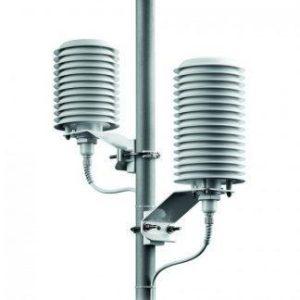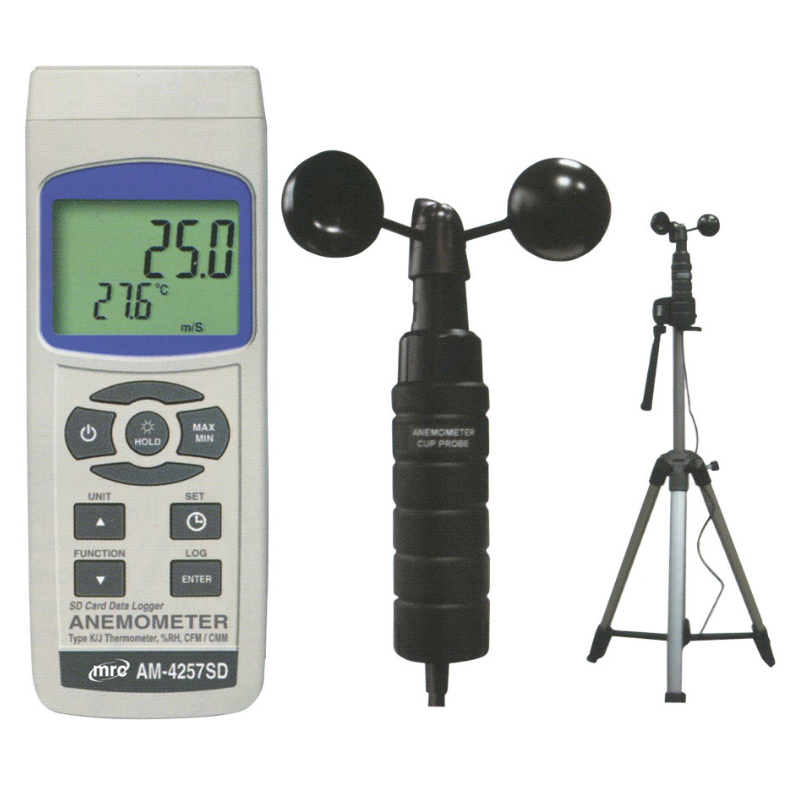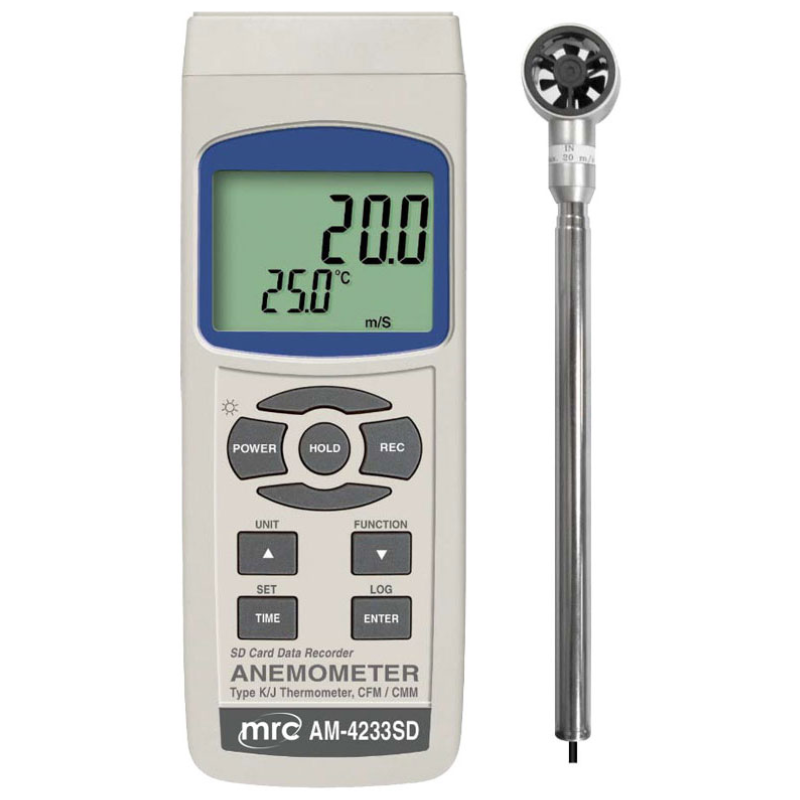Temperature and humidity play a crucial role in many industries, from manufacturing and storage to pharmaceuticals and data centers. In order to maintain optimal conditions, it is essential to have accurate and reliable temperature and humidity readings. Temperature & Humidity Transmitters are a device that measures and transmits temperature and humidity data to a central monitoring system, making it an essential tool for many industries. In this article, we will explore the benefits of using a Temperature & Humidity Transmitter and the industries that rely on this technology.
The Benefits of Using a Temperature & Humidity Transmitter
– Increased Accuracy: One of the primary benefits of using a Temperature & Humidity Transmitter is increased accuracy. The device is specifically designed to measure temperature and humidity, ensuring that the readings are accurate and reliable. This is especially important for industries where temperature and humidity play a critical role in maintaining product quality, such as pharmaceuticals, food and beverage, and storage.
-Real-Time Data Transmission: Another benefit is real-time data transmission. The device can transmit temperature and humidity readings directly to a central monitoring system, allowing for real-time monitoring and quick response to any changes in conditions. This is especially important for industries where time is of the essence, such as data centers, where a sudden change in temperature or humidity could result in equipment failure.
-Increased Efficiency: The use can also increase efficiency by automating the monitoring process. The device can be programmed to send notifications or alarms when conditions exceed pre-set parameters, freeing up personnel to focus on other tasks. This can also reduce the risk of human error, as manual monitoring can be prone to errors.
Industries that Rely on Temperature & Humidity Transmitters
– Manufacturing: Manufacturing is one industry that relies on accurate temperature and humidity readings. This is especially important for the production of electronics, where fluctuations in temperature and humidity can cause defects in the final product. A Temperature & Humidity Transmitter can help ensure that the manufacturing environment is kept within optimal conditions, reducing the risk of defects and improving the quality of the final product.
– Storage: Another industry that relies on accurate temperature and humidity readings is storage. This is especially important for industries such as food and beverage, pharmaceuticals, and chemicals, where fluctuations in temperature and humidity can impact product quality and shelf life. It can help ensure that storage conditions are maintained within optimal parameters, reducing the risk of spoilage and improving product shelf life.
-Data: Centers Data centers are also heavily dependent on accurate temperature and humidity readings. The server room in a data center is a critical component of the overall infrastructure, and fluctuations in temperature and humidity can result in equipment failure and data loss. A device can help ensure that the server room is maintained within optimal conditions, reducing the risk of equipment failure and data loss.
Application of Temperature & Humidity Transmitters
Temperature and humidity transmitters are commonly used in a variety of applications, including:
-HVAC (Heating, Ventilation, and Air Conditioning) Systems: To monitor and control indoor temperature and humidity levels.
-Agriculture: To track environmental conditions for crop management and optimization.
-Food and Pharmaceutical storage: To ensure proper storage conditions and maintain product quality.
-Laboratories and Clean Rooms: To monitor temperature and humidity levels for research and quality control purposes.
-Weather Stations: To measure temperature and humidity levels in outdoor environments.
-Industrial Processes: To monitor temperature and humidity levels in production processes, such as in the automotive, chemical, and petrochemical industries.
How to usa Temperature & Humidity Transmitters
Using a temperature and humidity transmitter typically involves the following steps:
-Installation: Install the transmitter in a location where it can accurately measure temperature and humidity levels. Ensure that the sensor is protected from direct sunlight and other sources of heat, and that it has adequate ventilation.
-Wiring: Connect the transmitter to a power source and any other necessary wiring, such as a communication cable.
-Calibration: Calibrate the transmitter to ensure accurate readings. This may involve adjusting the offset and span, or using a reference device to verify the accuracy of the readings.
-Configuration: Configure the transmitter using its programming interface, such as a keypad or software. This may include setting the output type, range, and measurement units.
-Data Collection: The transmitter will continuously collect and transmit temperature and humidity data to a data acquisition system or control system. This data can be used to control processes, monitor conditions, or generate reports.
-Maintenance: Regularly maintain the transmitter to ensure that it continues to provide accurate and reliable data. This may include cleaning the sensor, replacing the battery (if applicable), and checking for any signs of damage or wear.







